There’s nothing quite like the joy of a thriving indoor plant — its lush green leaves adding life and freshness to your living space. But what happens when those beautiful green leaves suddenly start turning yellow?
For many plant owners, yellowing leaves can be both confusing and worrying. The good news is: it’s usually your plant’s way of signaling a problem, and with a little attention, you can often fix it.
In this comprehensive guide, we’ll explore why indoor plant leaves turn yellow, how to identify the cause, and what you can do to revive your plant and keep it healthy.
Why Do Indoor Plant Leaves Turn Yellow?
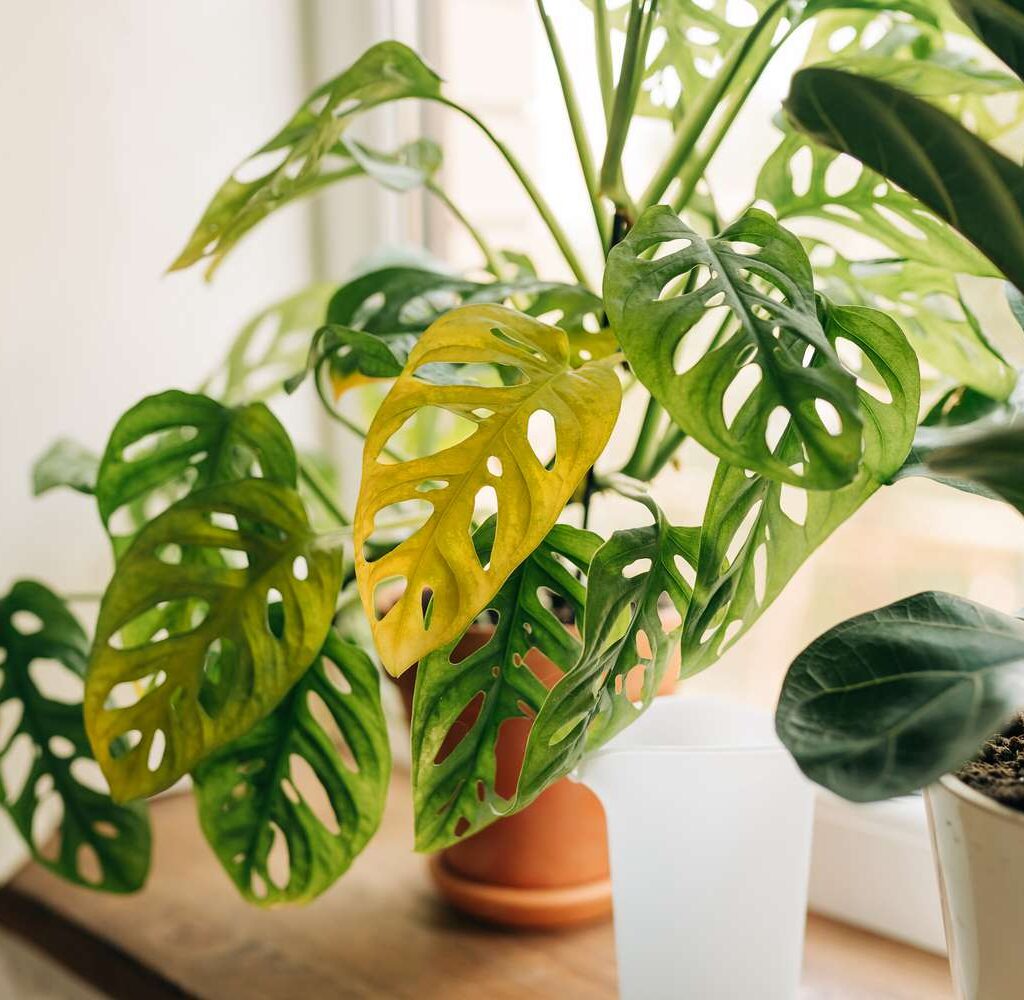
Yellow leaves, or chlorosis, occur when a plant’s natural chlorophyll production is disrupted. This causes leaves to lose their green pigment and turn yellow.
It can happen for several reasons, including improper watering, poor lighting, pests, or nutrient deficiencies. The key is to identify the cause early and adjust your care routine accordingly.
Common Causes of Yellowing Leaves (And How to Fix Them)
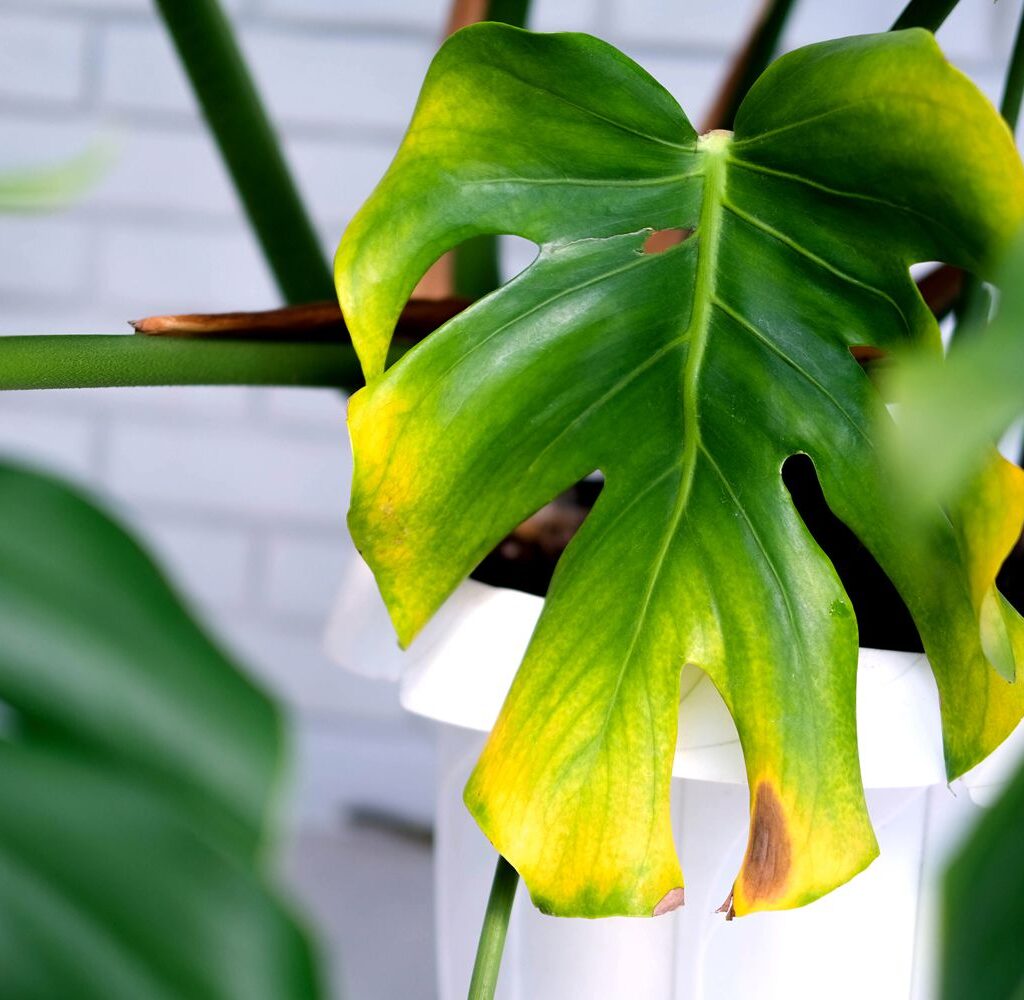
Let’s break down the most frequent reasons why your indoor plant might be turning yellow — and how you can save it.
Overwatering
Overwatering is the most common cause of yellow leaves in houseplants. When the roots sit in soggy soil, they can’t absorb oxygen properly, leading to root rot and yellowing leaves.
Signs:
- Leaves turn pale yellow.
- Soil feels wet or waterlogged.
- Leaves may feel soft or mushy.
What to do:
- Check soil moisture by inserting your finger or a wooden skewer.
If it feels damp beyond the top inch, hold off watering. - Remove the plant from its pot and check roots for rot (brown, mushy roots).
Trim damaged roots with clean scissors. - Repot in fresh, well-draining soil.
- Use pots with drainage holes to prevent future water buildup.
Underwatering
Too little water can also cause leaves to yellow and dry out.
Signs:
- Leaves turn yellow, crispy, or brown at the edges.
- Soil feels bone dry.
- Leaves wilt or droop.
What to do:
- Water thoroughly until excess drains out from the bottom.
- Adopt a consistent watering schedule based on your plant’s needs.
- Use a moisture meter for precise readings if unsure.
Incorrect Light Exposure
Plants have different light preferences. Too much or too little light stresses plants, causing yellow leaves.
Signs:
- Too much light: leaves scorch, turn pale, or yellow with brown spots.
- Too little light: leaves yellow gradually and drop off.
What to do:
- Move your plant to a more suitable location:
- Bright, indirect light for most indoor plants.
- Avoid placing plants directly in harsh afternoon sunlight.
- Rotate plants weekly for even light exposure.
Tip: If natural light is limited, consider using grow lights.
Pest Infestation
Tiny pests like spider mites, aphids, or whiteflies suck plant sap, weakening leaves and causing yellowing.
Signs:
- Yellow, speckled, or curled leaves.
- Sticky residue or webbing.
- Visible insects under leaves.
What to do:
- Inspect plants closely, especially leaf undersides.
- Wipe leaves with a damp cloth or mild soapy water.
- Use neem oil spray or insecticidal soap for persistent infestations.
- Isolate affected plants to prevent spreading.
Nutrient Deficiencies
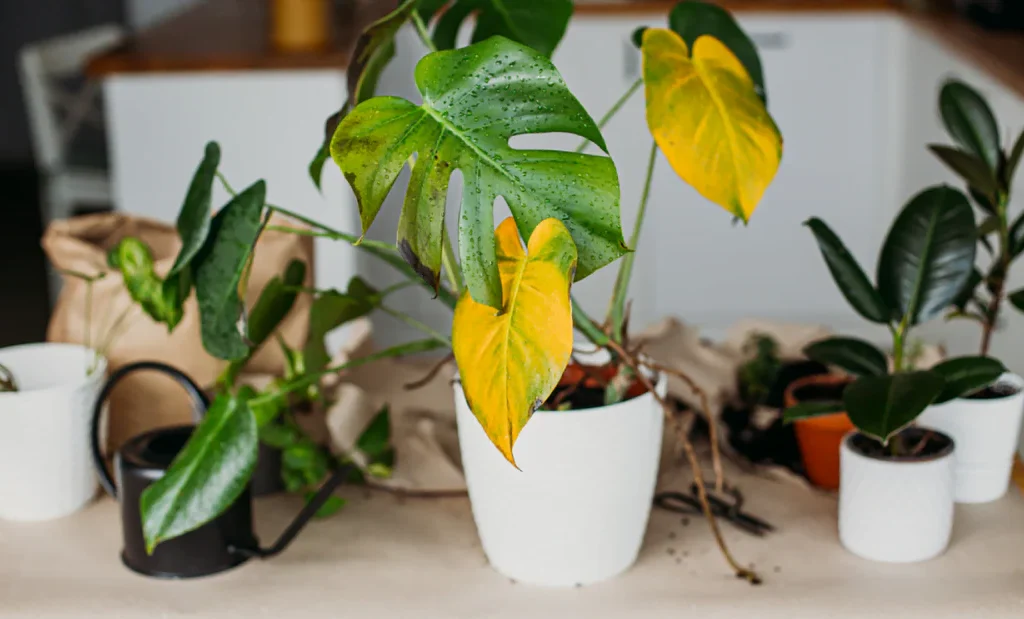
Lack of essential nutrients like nitrogen, iron, or magnesium can lead to yellow leaves.
Signs:
- Uniform yellowing of older leaves (nitrogen deficiency).
- Yellowing between veins of young leaves (iron deficiency).
What to do:
- Use a balanced liquid houseplant fertilizer every 2–4 weeks during the growing season.
- Follow label instructions carefully — over-fertilizing can harm your plant.
- Avoid feeding plants during dormancy (usually in winter).
Poor Soil Drainage
Compact, poorly draining soil holds excess water, suffocating roots and leading to yellowing leaves.
What to do:
- Repot using light, well-aerated soil mix appropriate for your plant.
- Add perlite, coarse sand, or coconut coir for improved drainage.
- Ensure your pot has adequate drainage holes.
Temperature Stress
Indoor plants prefer stable, moderate temperatures. Sudden changes can cause stress and yellow leaves.
Signs:
- Yellowing after moving plants near air conditioners, heaters, or drafty windows.
What to do:
- Keep plants away from direct heat, cold drafts, and vents.
- Maintain room temperatures between 18°C–26°C (65°F–80°F).
When Are Yellow Leaves Normal?
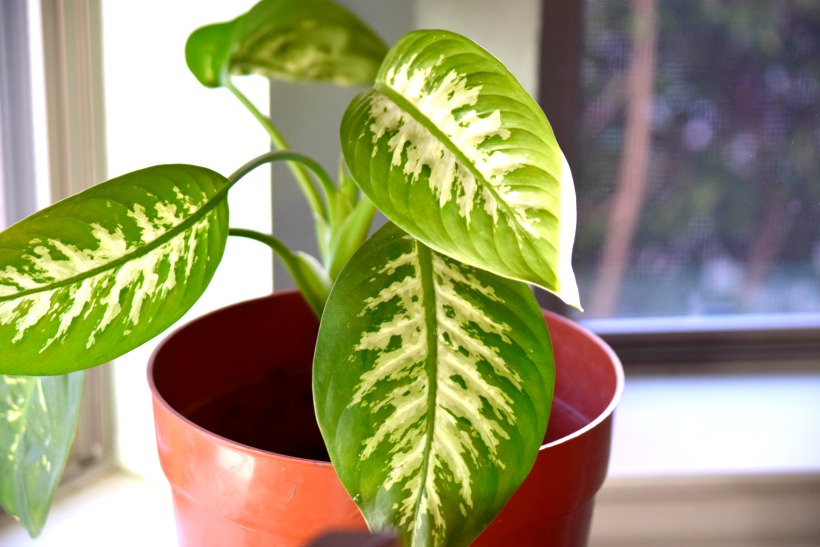
Not all yellow leaves are cause for alarm. Occasional yellowing of older, lower leaves is a normal part of a plant’s life cycle.
What to do:
- Gently prune yellow or dead leaves to encourage new growth.
- Focus on overall plant health — if new leaves look vibrant, your plant’s fine.
Indoor Plant Care Tips to Prevent Yellowing
Prevention is better than cure! Here’s how to keep your indoor plants healthy and avoid yellow leaves in the first place:
- Know your plant’s needs: Light, water, humidity, and soil requirements vary.
- Water consistently: Check soil moisture before watering.
- Use good-quality soil: Well-draining, nutrient-rich potting mix is essential.
- Feed plants during the growing season: Apply diluted liquid fertilizer.
- Inspect for pests regularly: Early detection makes treatment easier.
- Clean leaves: Dust blocks light and attracts pests.
- Rotate plants: For even light exposure and balanced growth.
Quick Troubleshooting Chart
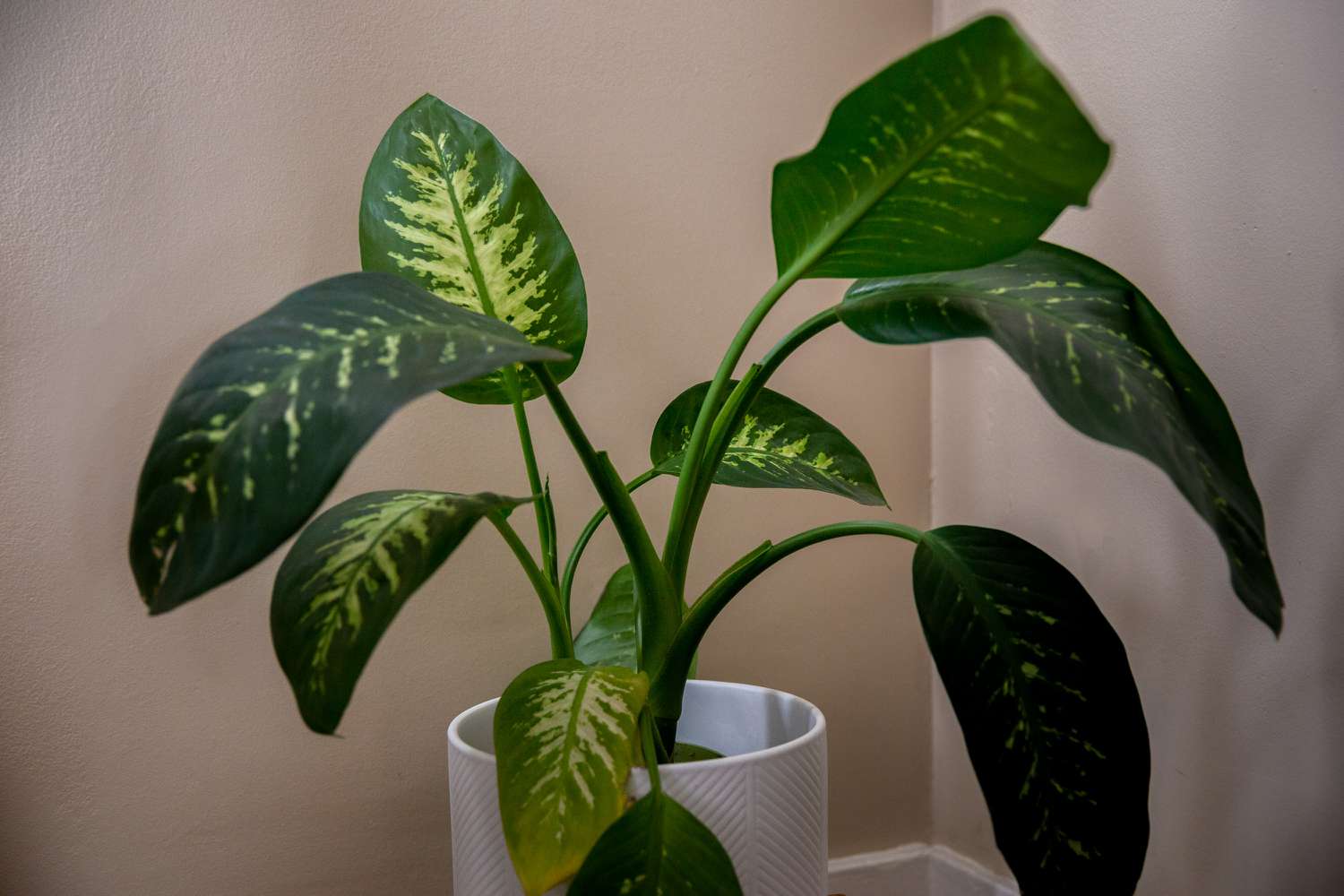
| Problem | Signs | Solution |
|---|---|---|
| Overwatering | Yellow, soft, mushy leaves, wet soil | Reduce watering, improve drainage |
| Underwatering | Dry, crispy yellow leaves, dry soil | Water thoroughly and consistently |
| Too Much Light | Scorched, pale-yellow leaves | Move to indirect sunlight |
| Too Little Light | Gradual yellowing, leaf drop | Move to a brighter location |
| Pests | Yellow spots, sticky residue, webbing | Clean leaves, use neem oil or soapy water |
| Nutrient Deficiency | Yellowing between veins or older leaves | Apply balanced liquid fertilizer |
| Temperature Stress | Yellowing after exposure to drafts or heat | Move to stable temperature area |
Final Thoughts
Seeing your indoor plant’s leaves turn yellow can be disheartening, but in most cases, it’s an easily fixable issue. The key is to observe your plant carefully, understand what it’s trying to tell you, and adjust your care routine accordingly.
With a little attention to watering, lighting, soil, and pests, you can nurse your plants back to health and keep them lush, vibrant, and thriving.
So, don’t panic — grab your watering can, check the soil, and show your plant some love!

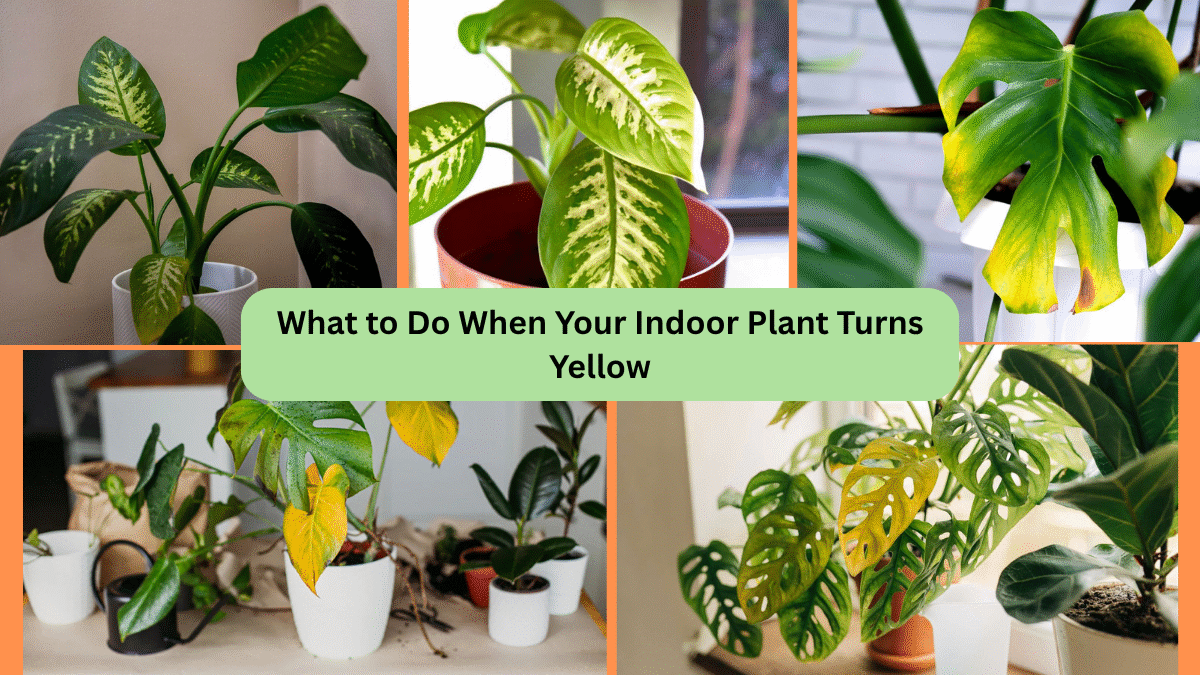
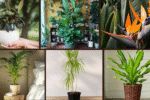
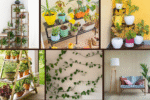
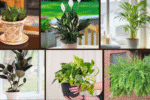
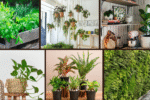
Leave A Comment